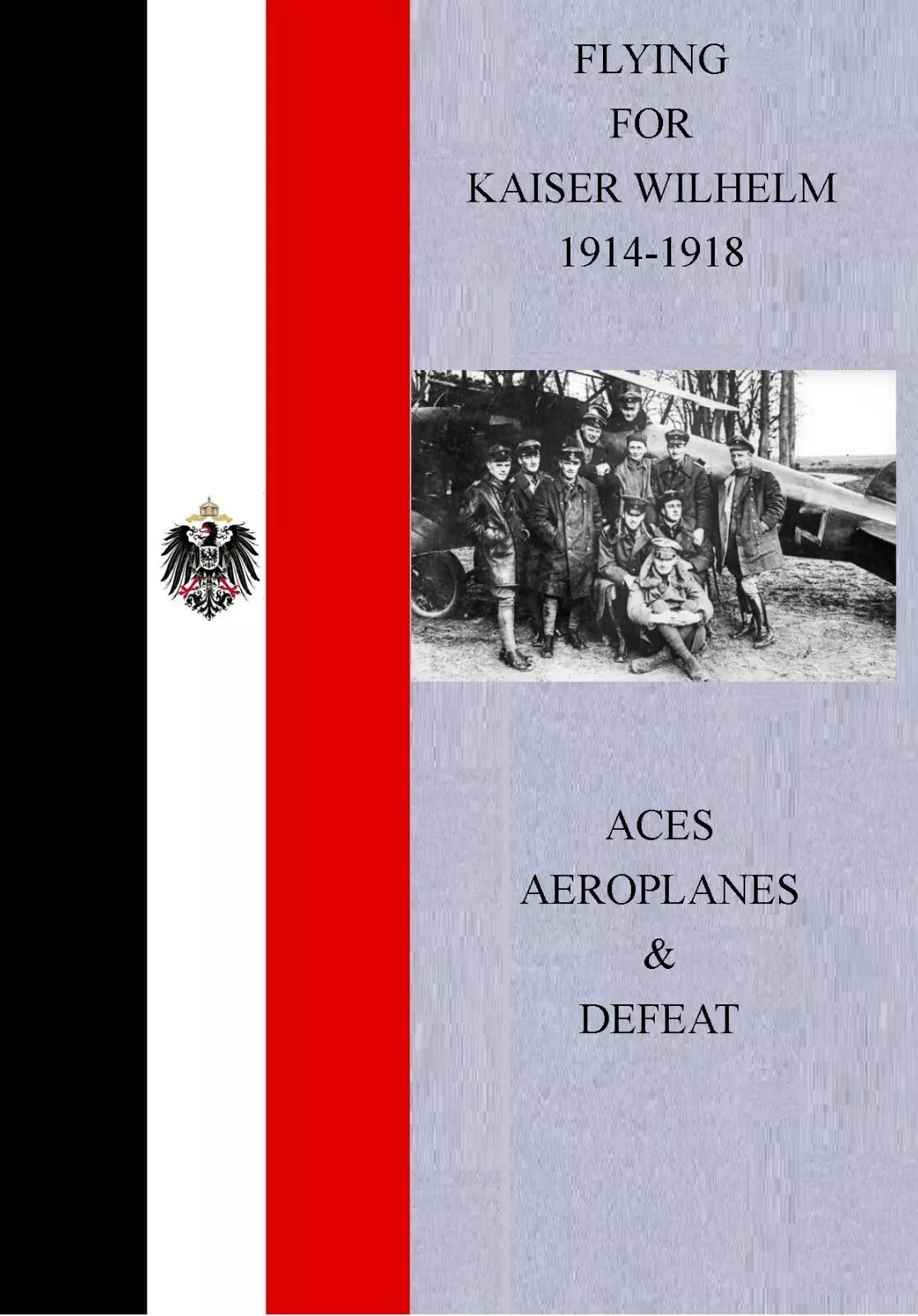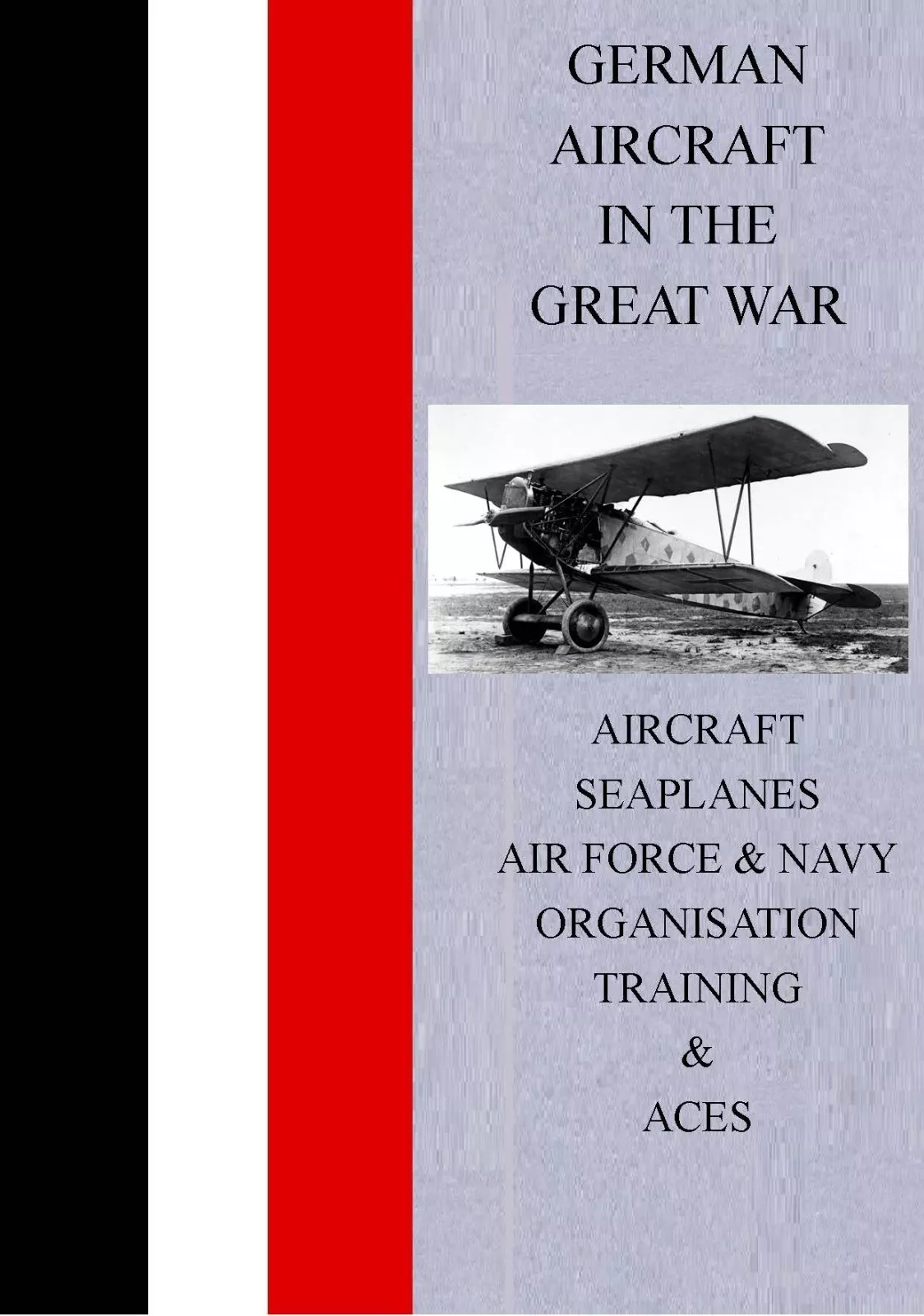Organisation and doctrine behind the aces.
Introduction: The Organizational Revolution
German fighter aviation evolved rapidly from scattered detachments to concentrated Jagdgeschwader formations, creating an organizational structure that would influence fighter doctrine for decades. Based on comprehensive research documented in Charles E. MacKay's authoritative works Flying for Kaiser Wilhelm 1914-1918: ACES, AEROPLANES & DEFEAT and German Aircraft in the Great War 1914-1918, this Enhanced Edition presents the complete story of how organizational reform, aircraft flows, and tactical doctrine forged a culture that produced famous aces and unit identities. Understanding that structure—its logistics, leadership, and training—clarifies operational performance on the Western Front and provides insights into the development of modern fighter tactics.
The book Flying for Kaiser Wilhelm 1914-1918 documents how in 1916 the German air service was reorganized by Ernst von Hoeppner, who at that time introduced fighter wings to counteract the Entente aerial forces, giving rise to the "Ace." Using captured documents, newly translated, the book describes the wartime situation and the sudden fall of Germany on the Western Front. This comprehensive documentation, drawing on original documents from the period and not a compilation of internet articles, ensures that the complete story of German fighter organization is properly preserved. The book includes biographies and illustrations of Pour le Merite (Blue Max) pilots, including Udet and Goring, providing detailed insights into ace culture and organization.
The book German Aircraft in the Great War 1914-1918 provides comprehensive coverage of the German Air Force and German Naval Air Arm in the First World War 1914-1918. For the first time in print, it includes a complete breakdown of the organisation and the German system of supply. The book includes orders of battle of the German squadron in the field on the Western Front and the deployment of the German bomber force, providing essential context for understanding fighter organization. There is special mention of the Fokker D.VII and its fate, along with lists of German aerodromes and the organisation of the German Naval Air Arm in November 1918, demonstrating how organizational structure evolved throughout the war.
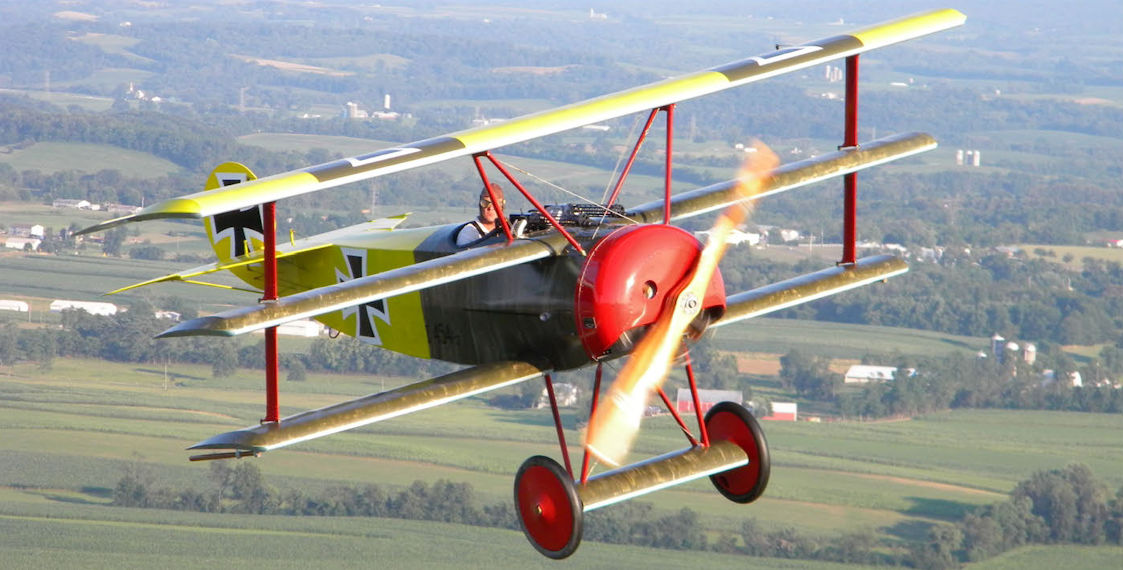
This Enhanced Edition draws on these authoritative sources to provide a comprehensive analysis of German fighter organization, demonstrating how structure enabled culture and culture enabled results. The organizational revolution under von Hoeppner transformed German fighter aviation from scattered detachments into coherent formations capable of achieving local air superiority, establishing principles that would influence fighter doctrine throughout the twentieth century.
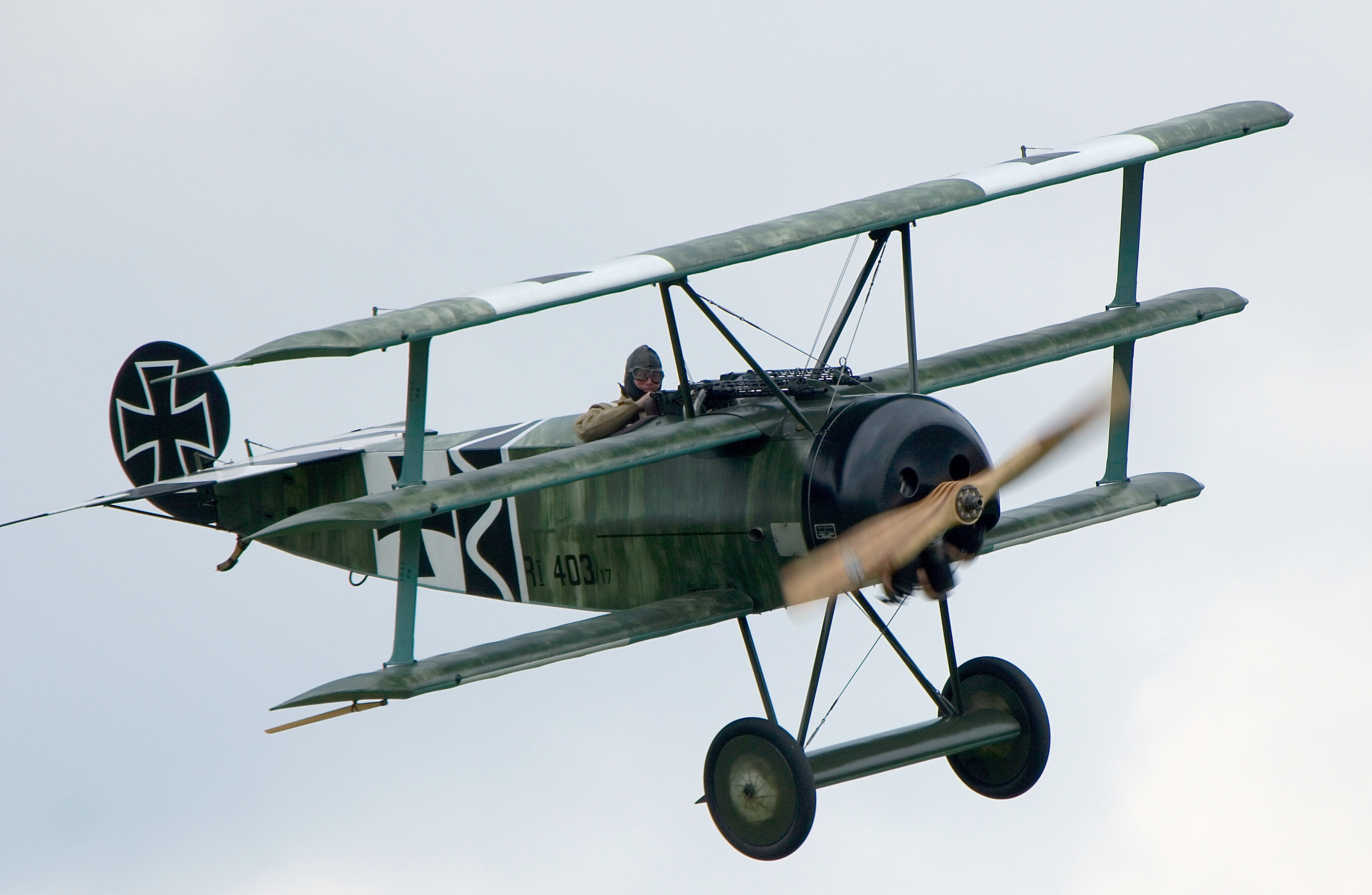
Von Hoeppner's Reorganisation: The 1916 Transformation
In 1916, the German air service was reorganized by Ernst von Hoeppner, Inspector of the Air Service, who introduced fighter wings to counteract the Entente aerial forces, giving rise to the "Ace." This reorganization, documented comprehensively in Flying for Kaiser Wilhelm 1914-1918, represented a fundamental transformation of German fighter aviation. Command reforms standardised fighter unit structures, clarified roles, and concentrated strength where needed, creating an organizational system that would prove decisive on the Western Front.
The German High Command created coherent fighter groupings to achieve local air superiority at decisive points. Under Inspector of the Air Service Ernst von Hoeppner, Jagdstaffeln (Jastas) aggregated into Jagdgeschwader (JGs), enabling flexible massing and rotation. This institutional shift improved operational tempo, pilot mentoring, and logistical prioritisation—aircraft, engines, and spares flowed to units tasked with critical sectors. The comprehensive documentation of this reorganization in Flying for Kaiser Wilhelm 1914-1918 ensures that the complete story of von Hoeppner's reforms is properly preserved.
Parallel administrative measures—standardised training syllabi, clearer career pipelines for leaders, and more formalised maintenance echelons—reduced variance in unit readiness. The outcome was a system that could absorb material changes (e.g., new airframes) while preserving tactical cohesion. The comprehensive documentation of these administrative measures in German Aircraft in the Great War 1914-1918 demonstrates how organizational structure supported operational effectiveness.
The reorganization created a flexible system that could rapidly shift fighter strength to critical sectors, enabling German commanders to achieve local air superiority when and where it mattered most. This organizational flexibility proved essential as the war progressed and Allied fighter capabilities improved. The comprehensive documentation of this flexibility ensures that the complete story of German fighter organization is properly preserved.
Von Hoeppner's reforms established principles that would influence fighter organization throughout the twentieth century. The concentration of force, flexible tasking, and leadership pipelines established under von Hoeppner became fundamental principles of fighter doctrine. Understanding these reforms provides valuable insights into how organizational structure enables tactical effectiveness.
Tactics, Training, and Aircraft: Dicta Boelcke and Energy Fighting
Early lessons emphasised altitude advantage, section discipline, and surprise. As Allied fighters improved, German units refined dive-and-climb attacks and team manoeuvre. Aircraft progression—from Albatros D-types to Fokker designs—interacted with tactics and training to sustain competitiveness. The comprehensive documentation of tactical evolution in Flying for Kaiser Wilhelm 1914-1918 ensures that the complete story of German fighter tactics is properly preserved.
Doctrine crystallised around simple but powerful rules: maintain height advantage; attack out of the sun; avoid turning contests that squander energy; fight as a unit with mutual cover; disengage cleanly when advantages lapse. These principles, codified in the Dicta Boelcke, became fundamental to German fighter tactics. Schools and front-line leaders embedded these heuristics via formation flights, gunnery patterns, and debrief culture. As airframes evolved (radiator placement, wing loading, structural changes), tactics were re-tuned—pilots learned where to trade speed for turn, or when to rely on roll rate to reset geometry.
Energy fighting tactics emphasized maintaining energy advantage through altitude, speed, and positioning. German pilots learned to avoid sustained turning contests that depleted energy, instead using dive-and-climb attacks to maintain tactical advantage. These tactics required disciplined formation flying and mutual support, demonstrating how organizational structure enabled tactical effectiveness.
Training professionalised throughout the war: instrument familiarisation, engine-handling discipline, and basic navigation reduced non-combat losses. Armament checks (convergence, feed reliability) and pre-sortie briefings shifted from ad-hoc to systematised practice, tightening the loop between maintenance and operations. The comprehensive documentation of training evolution ensures that the complete story of German fighter training is properly preserved.
The “Ace” and Unit Identity
The ace served as both tactical asset and cultural symbol. Unit markings, leadership styles, and claim systems reinforced cohesion. Yet records show the limits of individualism: sortie rates, serviceability, and staging often decided outcomes more than single combats.
Personal tallies mattered for morale and propaganda, but within squadrons, mentorship and flight‑lead reliability counted just as much. Senior pilots built section leaders; leaders built flights; flights made the squadron. Distinctive unit markings and staffel colours aided identification in the melee and fostered esprit de corps, but the deeper glue was a rhythm of disciplined take‑offs, rendezvous, patrol lines, and fuel‑time management.
Logistics, Maintenance, and Sortie Generation: Sustaining Combat Operations
Sustainment determined combat availability. Engine hours, spares access, and armourer throughput controlled how many aircraft crossed the line at dawn. Workshop practices—valve and magneto checks, fabric repairs, rigging tolerance—translated directly into climb rates and reliability aloft. Weather-imposed stand-downs were used for training, gunnery harmonisation, and airframe swaps; the best units treated every lull as preparation.
Flying for Kaiser Wilhelm 1914-1918 includes lists of training air bases, aircraft companies, spares production and military flying schools, demonstrating how organizational structure supported logistics and maintenance. The comprehensive documentation of logistics systems ensures that the complete story of German fighter sustainment is properly preserved.
Spares supply and maintenance echelons enabled high sortie generation rates, essential for maintaining air superiority. Organizational structure ensured that critical spares flowed to units engaged in intensive operations, while maintenance capabilities were distributed to support operational requirements. Understanding logistics systems provides valuable insights into how organizational structure enabled sustained combat operations.
The German system of supply, documented comprehensively in German Aircraft in the Great War 1914-1918, enabled efficient distribution of aircraft, engines, and spares to operational units. This supply system proved essential for maintaining combat effectiveness as the war progressed and material demands increased. The comprehensive documentation of supply systems ensures that the complete story of German fighter logistics is properly preserved.
Intelligence and the Learning Cycle: Adapting to Enemy Capabilities
After-action reports, captured documents, and frontline observation refined tactics. Pilots compared turning circles, climb bands, and dive behaviours of enemy types; leaders adjusted patrol altitudes and attack axes accordingly. Signalers and observers fed route timings and balloon defenses into patrol planning, while photographic reconnaissance informed where fighter screens would be profitably placed.
The learning cycle enabled rapid tactical adaptation as Allied capabilities improved. German units developed intelligence systems that fed operational observations back into tactical doctrine, ensuring that tactics evolved to match enemy capabilities. The comprehensive documentation of intelligence systems ensures that the complete story of German fighter adaptation is properly preserved.
Captured Allied aircraft provided valuable intelligence on performance characteristics, enabling German units to develop effective counter-tactics. The comprehensive documentation of intelligence gathering and analysis ensures that the complete story of German fighter learning systems is properly preserved. Understanding these systems provides valuable insights into how organizational structure enabled rapid adaptation.
Operational Case Studies: Tactical Effectiveness in Practice
- Altitude control: Units that launched early, secured height, and patrolled on likely ingress lines enjoyed favourable exchanges regardless of individual celebrity. The comprehensive documentation of altitude tactics ensures that the complete story of German fighter effectiveness is properly preserved.
- Mutual support: Pairs and fours, drilled in break turns and re-joins, suppressed isolating impulses that led to losses. Formation discipline proved essential for combat effectiveness, demonstrating how organizational structure enabled tactical execution.
- Rotation: Grouping Jastas into JGs eased fatigue, letting commanders shift fresh strength to pressured sectors. This organizational flexibility enabled sustained operations, demonstrating how structure supported operational effectiveness.
These operational case studies demonstrate how organizational structure enabled tactical effectiveness. The comprehensive documentation of operational examples ensures that the complete story of German fighter operations is properly preserved. Understanding these examples provides valuable insights into how organizational principles translated into operational success.
Legacy: Organizational Principles for Modern Fighter Doctrine
Post-war analyses linked German organisational choices to later fighter doctrine: concentration of force, flexible tasking, and leadership pipelines. The lessons travel well beyond WWI. The essentials—energy tactics, unit cohesion, scalable logistics, and a learning feedback loop—reappeared in inter-war and WWII fighter practice across air forces. Structure enabled culture; culture enabled results.
The organizational principles established under von Hoeppner influenced fighter doctrine throughout the twentieth century and continue to influence modern fighter operations. Concentration of force, flexible tasking, and leadership pipelines became fundamental principles of fighter organization. Understanding these principles provides valuable insights into how organizational structure enables tactical effectiveness in modern air forces.
The comprehensive documentation provided in Flying for Kaiser Wilhelm 1914-1918 and German Aircraft in the Great War 1914-1918 ensures that the complete story of German fighter organization is preserved for future generations. These authoritative works, based on original documents and not compilations of internet articles, provide insights into organizational structure that are not available in other publications.
Training Methods: Observers, Mechanics, and Pilots
Flying for Kaiser Wilhelm 1914-1918 includes comprehensive coverage of training methods for observers, mechanics and pilots, with lists of training air bases, aircraft companies, spares production and military flying schools. This comprehensive documentation ensures that the complete story of German fighter training is properly preserved. Training professionalised throughout the war: instrument familiarisation, engine-handling discipline, and basic navigation reduced non-combat losses.
Armament checks (convergence, feed reliability) and pre-sortie briefings shifted from ad-hoc to systematised practice, tightening the loop between maintenance and operations. Training schools established standardised syllabi that ensured pilots received consistent instruction regardless of which school they attended. The comprehensive documentation of training methods ensures that the complete story of German fighter training evolution is properly preserved.
Observer training emphasized map reading, photography, and artillery spotting skills essential for reconnaissance missions. Mechanic training focused on engine maintenance, airframe repair, and armament servicing, ensuring that aircraft remained serviceable despite intensive operations. Pilot training progressed through basic flight instruction, advanced aerobatics, and tactical formation flying, creating a pipeline of skilled pilots capable of effective combat operations.
Pour le Merite: The Blue Max and Ace Culture
Flying for Kaiser Wilhelm 1914-1918 includes biographies and illustrations of Pour le Merite (Blue Max) pilots, including Udet and Goring, providing detailed insights into ace culture and organization. The Pour le Merite, Germany's highest military decoration, became synonymous with ace achievement, creating a cultural symbol that motivated pilots and inspired organizational pride. Understanding the Pour le Merite system provides valuable insights into how individual achievement was recognized within organizational structures.
The ace served as both tactical asset and cultural symbol. Unit markings, leadership styles, and claim systems reinforced cohesion. Yet records show the limits of individualism: sortie rates, serviceability, and staging often decided outcomes more than single combats. Personal tallies mattered for morale and propaganda, but within squadrons, mentorship and flight-lead reliability counted just as much.
Senior pilots built section leaders; leaders built flights; flights made the squadron. Distinctive unit markings and staffel colours aided identification in the melee and fostered esprit de corps, but the deeper glue was a rhythm of disciplined take-offs, rendezvous, patrol lines, and fuel-time management. The comprehensive documentation of Pour le Merite pilots ensures that the complete story of ace culture is properly preserved.
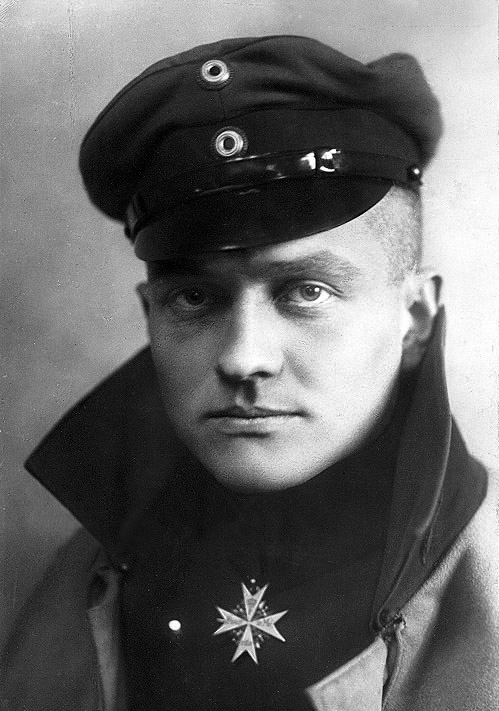
Famous Aces: Richthofen, Boelcke, Immelmann, Udet, and Goring
German Aircraft in the Great War 1914-1918 includes an accurate account of the loss of Manfred von Richthofen with his autopsy report, proving Brown did not shoot him down. The other aces Oswald Boelcke and Max Immelmann are described with new information. These famous aces exemplified the organizational culture that developed under von Hoeppner's reforms, demonstrating how individual excellence was integrated into unit effectiveness.
Manfred von Richthofen, the Red Baron, became the most famous German ace, achieving 80 victories before his death in April 1918. His leadership of Jagdgeschwader 1, the "Flying Circus," demonstrated how organizational structure enabled tactical effectiveness. Richthofen's unit markings and tactics became legendary, but his success depended on the organizational system that provided aircraft, maintenance, and support.
Oswald Boelcke developed the Dicta Boelcke, fundamental fighter tactics that became standard doctrine. Boelcke's emphasis on altitude advantage, surprise attacks, and mutual support established principles that would influence fighter tactics for decades. His early death in 1916 occurred just as von Hoeppner's reorganization was taking effect, but his tactical principles became integrated into the new organizational structure.
Max Immelmann, namesake of the Immelmann turn, achieved early fame before his death in 1916. His innovative tactics demonstrated the importance of individual pilot skill within organizational structures. Ernst Udet, who would later become prominent in the Luftwaffe, achieved 62 victories during World War I, demonstrating how ace culture developed throughout the war. Hermann Goring, later head of the Luftwaffe, achieved 22 victories and received the Pour le Merite, demonstrating how organizational achievement translated into individual recognition.
Armament: Spandau and Parabellum Machine Guns
Flying for Kaiser Wilhelm 1914-1918 includes comprehensive coverage of armament, including Spandau and Parabellum machine guns, along with German aerial bombs with diagrams. The Spandau LMG 08/15, derived from the Maxim gun, became the standard forward-firing armament for German fighters, synchronized to fire through the propeller arc. The Parabellum machine gun served as the observer's weapon in two-seat aircraft, providing defensive firepower.
Armament reliability and convergence settings were critical for effective combat. German units developed standardized procedures for checking convergence, ensuring that bullets from both guns converged at the optimal engagement range. Feed reliability and ammunition capacity influenced tactics, determining engagement duration and combat effectiveness. The comprehensive documentation of armament systems ensures that the complete story of German fighter weaponry is properly preserved.
Aircraft Evolution: From Albatros to Fokker D.VII
Aircraft progression—from Albatros D-types to Fokker designs—interacted with tactics and training to sustain competitiveness. German Aircraft in the Great War 1914-1918 includes special mention of the Fokker D.VII and its fate, demonstrating how organizational structure adapted to new aircraft types. The Albatros D.I, D.II, and D.III established German fighter superiority in 1916-1917, but as Allied fighters improved, German units needed new aircraft.
The Fokker D.VII, introduced in 1918, represented the pinnacle of German fighter design during World War I. Its superior performance restored German fighter effectiveness, but organizational structure determined how effectively this aircraft was employed. The comprehensive documentation of aircraft evolution ensures that the complete story of German fighter development is properly preserved.
As airframes evolved (radiator placement, wing loading, structural changes), tactics were re-tuned—pilots learned where to trade speed for turn, or when to rely on roll rate to reset geometry. Organizational structure enabled rapid tactical adaptation, ensuring that new aircraft types were effectively integrated into combat operations. Understanding aircraft evolution provides valuable insights into how organizational systems adapted to technological change.
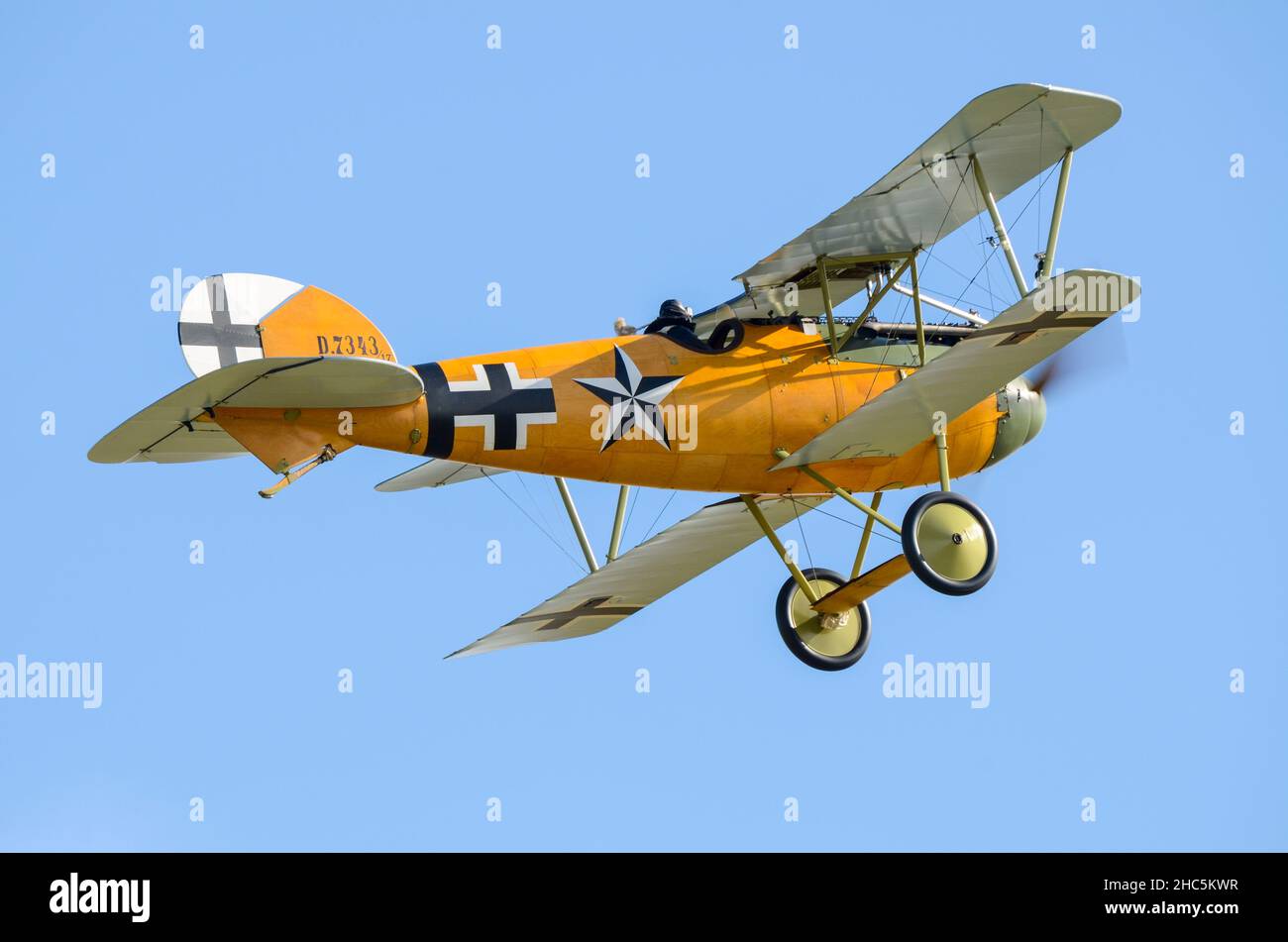
Comparison with Allied Fighter Organization
German fighter organization differed significantly from Allied approaches. The concentration of fighters into Jagdgeschwader formations enabled flexible deployment, while Allied units often operated as individual squadrons. This organizational difference influenced tactical effectiveness, with German units able to achieve local air superiority through concentrated force application.
The comprehensive documentation of German organizational structure in German Aircraft in the Great War 1914-1918 provides detailed comparisons with Allied approaches. Understanding these differences provides valuable insights into how organizational structure influences tactical effectiveness and operational performance.
Modern Legacy and Influence on Fighter Doctrine
Post-war analyses linked German organisational choices to later fighter doctrine: concentration of force, flexible tasking, and leadership pipelines. The lessons travel well beyond WWI. The essentials—energy tactics, unit cohesion, scalable logistics, and a learning feedback loop—reappeared in inter-war and WWII fighter practice across air forces. Structure enabled culture; culture enabled results.
The organizational principles established under von Hoeppner influenced fighter doctrine throughout the twentieth century. Concentration of force, flexible tasking, and leadership pipelines became fundamental principles of fighter organization. Understanding these principles provides valuable insights into how organizational structure enables tactical effectiveness in modern air forces.
Further Reading and Related Works
For comprehensive coverage of German fighter organization and ace culture in World War I, explore these authoritative works by Charles E. MacKay:
- Flying for Kaiser Wilhelm 1914-1918: ACES, AEROPLANES & DEFEAT — Volume Two of German Aircraft in the Great War, newly researched using original documents from the period, including biographies of Pour le Merite pilots (Udet, Goring), training methods, armament details, and the collapse of Germany on the Western Front
- German Aircraft in the Great War 1914-1918 — Comprehensive coverage of the German Air Force and German Naval Air Arm, including complete breakdown of organization and supply system, orders of battle, and the Fokker D.VII
- British Aircraft of the Great War 1914-1918 — Provides comparative context on Allied fighter organization and tactics
- German Aircraft Great War Development — Detailed analysis of German aircraft development and its relationship to organizational structure
- British Aircraft Great War RFC RNAS — Comparative analysis of British fighter organization
Related Articles
- German Aircraft Great War Development — Aircraft development and organizational adaptation
- British Aircraft Great War RFC RNAS — Comparative organizational analysis
References
- Royal Air Force Museum — Aircraft Collection — Royal Air Force Museum
- Imperial War Museums — Aviation History Articles — Imperial War Museums
- FlightGlobal Archive — FlightGlobal
